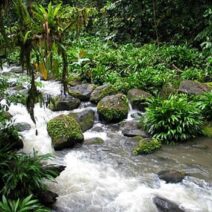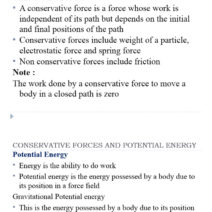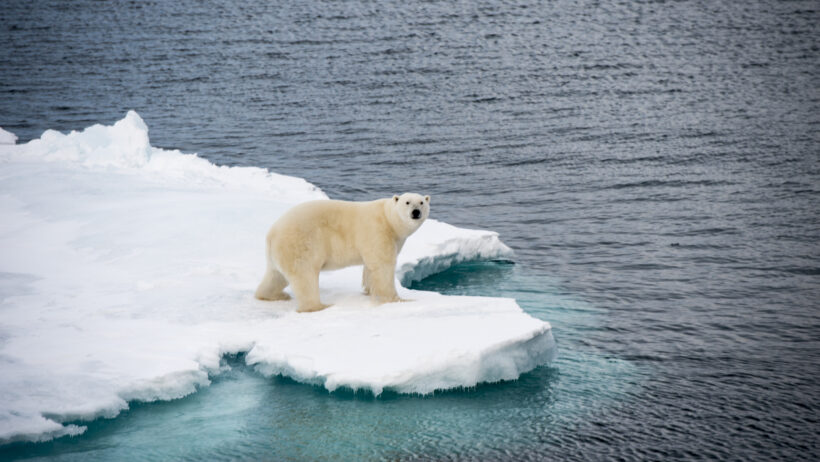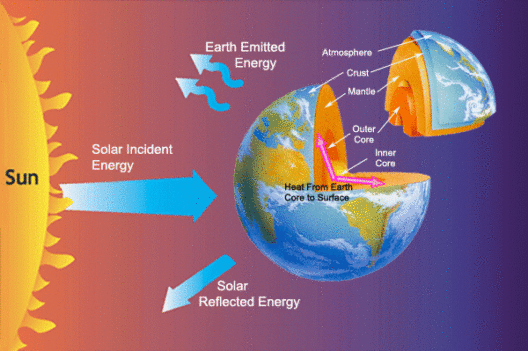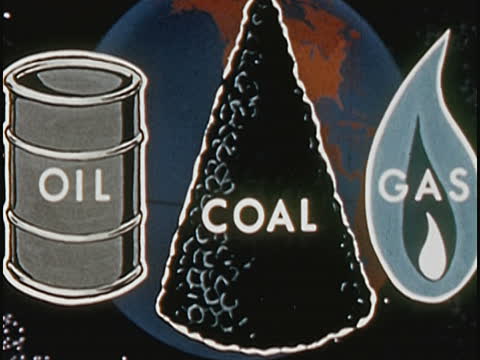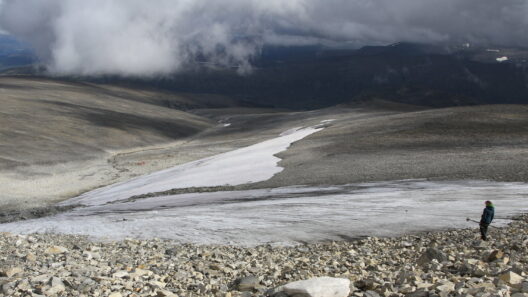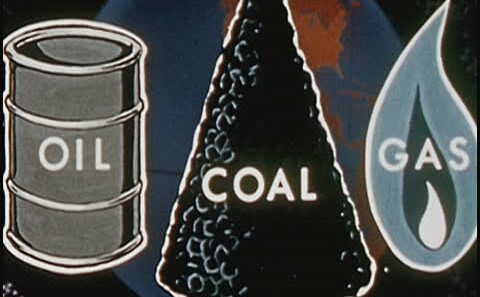As the climate crisis intensifies, the question of whether polar bears can adapt to a warming world looms larger than ever. These iconic Arctic mammals are intrinsically linked to sea ice, which is rapidly diminishing as global temperatures rise. Understanding the potential for adaptation in polar bears requires a multi-faceted examination of their biology, habitat, and behavioral ecology, as well as the environmental changes reshaping their ecosystem.
Polar bears (Ursus maritimus) are apex predators primarily dependent on sea ice for hunting seals, their primary food source. As climate change accelerates, scientists are observing alarming declines in sea ice extent, both in spatial coverage and seasonal duration. In the Arctic, the formation of ice is no longer predictable or reliable, leading to profound implications for the bears’ hunting success and overall survival.
Adapting to a warming world involves several dimensions. Firstly, polar bears may exhibit behavioral changes. Researchers have noted instances of increased terrestrial foraging as bears search for alternative food sources on land. While they have been documented scavenging on carrion and even hunting terrestrial mammals like reindeer, these behaviors are not sufficient to sustain populations reliant on a high-fat diet primarily sourced from seals.
Physiologically, polar bears are uniquely adapted to life on the ice. Their thick layer of blubber and fur helps insulate them in frigid temperatures, but as their habitat changes, these adaptations face scrutiny. Some scientists suggest that polar bears could evolve over generations to seek more land-based prey, but the pace at which climate change is occurring may outstrip the bears’ ability to adapt biologically. Rapid environmental alterations pose a challenge that has never been witnessed before in their evolutionary history.
Moreover, another facet of adaptation lies in the bears’ social structures and breeding behaviors. Polar bears are generally solitary animals, but they congregate in specific regions during the mating season. Changes in sea ice dynamics can alter the availability of prime breeding territories. A disruption in breeding patterns caused by habitat loss could have long-lasting effects on population viability. A decline in cub survival rates, triggered by inadequate access to maternal nursing on ice, may stunt population growth, further complicating the trajectory of their adaptation.
In terms of geographical range, as Arctic temperatures rise, polar bears may migrate northward. Adaptability could be seen in expanding their habitat or seeking new marine environments; however, this migration is contingent upon the availability of suitable ice platforms for hunting. The shifting habitats necessitate ecological corridors that allow access to necessary resources, an increasingly ephemeral prospect as ice melts and oceanic conditions transform.
It is also critical to assess the potential for interspecies competition as polar bears venture into new territories or adapted ecosystems. With other predators expanding their ranges due to climate change, polar bears may be forced into conflicts for dwindling resources. The introduction of species that were previously isolated could further strain polar bear populations, fostering competition rather than cooperation in the face of changing environmental conditions.
In addition to these biologically anchored exploration pathways, the impacts of climate change reverberate throughout the food web. Marine biology plays a crucial role in the health of polar bear populations. The decline in seal populations, driven by shifting prey availability and habitat loss, directly constrains polar bears’ access to nutritional sustenance. The quality of ice and its ability to support marine ecosystems are vital indicators of the health of not only bears but the broader Arctic environment.
Pollution and oil exploration in the Arctic contain additional threats that challenge bear adaptability. Increased industrial activity heightens the risk of oil spills and chemical contamination, potentially leading to a loss of habitat quality and food safety. Additional stresses from human encroachment can hinder natural adaptation processes, pushing polar bears further toward decline instead of resilience.
Conservation efforts represent a pivotal strategy in addressing the plight of polar bears in a warming world. Protective legislation, such as the Marine Mammal Protection Act and the Endangered Species Act, aims to mitigate human impacts and secure critical habitats. Establishing marine protected areas and engaging in sustainable energy practices can bolster the natural resilience of polar ecosystems against climate fluctuations.
Nevertheless, individual actions matter as well. Awareness campaigns and grassroots initiatives can galvanize public support and foster community involvement in the conservation of polar bear habitats. By prioritizing climate action to curb greenhouse gas emissions, we ultimately influence the Arctic climate dynamics. Global cooperation to address climate change effectively can result in a more stable environment that allows polar bears to find footholds in a changing world.
In conclusion, the question of whether polar bears can adapt to a warming world is complex. While certain adaptive behaviors and physiological changes may emerge, the extent of their ability to thrive in diminishing Arctic ecosystems remains contingent upon myriad factors—habitat integrity, food availability, interspecies dynamics, and intensive conservation initiatives. The survival of polar bears is indeed not just a matter of their biology; it’s a contemporary litmus test of human commitment to mitigating climate change and preserving the intricate balance of life in an increasingly unpredictable environment.

